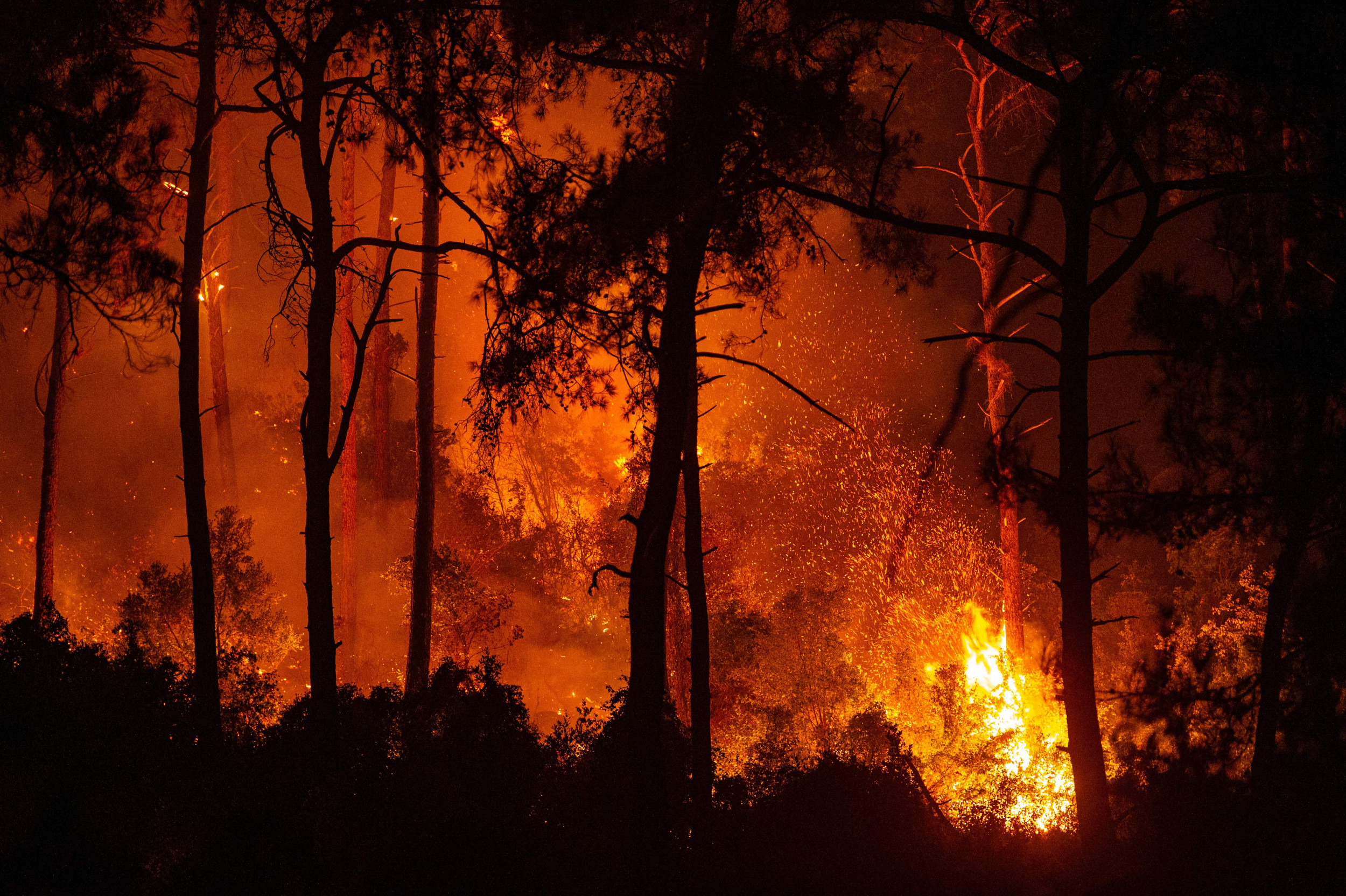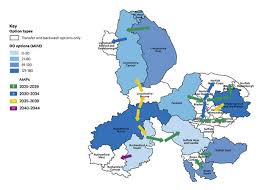
Introduction
In recent years, wildfires have surged in frequency and intensity, posing a significant threat to ecosystems, human health, and infrastructure worldwide. This alarming trend is largely attributed to climate change, urban expansion, and changes in land management practices.
The Causes of Wildfires
Recent data indicates that 2023 is on track to be one of the worst years on record for wildfires, propelled by prolonged periods of drought and rising temperatures. According to the National Interagency Fire Center, over 54,000 wildfires occurred in the United States alone by mid-October, burning more than 7 million acres. Key factors contributing to this phenomenon include:
- Rising Temperatures: Increasing global temperatures due to climate change create a perfect environment for wildfires to ignite and spread.
- Prolonged Drought: Regions experiencing extended dry spells are more vulnerable to wildfires, as the lack of moisture allows vegetation to become highly flammable.
- Human Activities: Negligence, such as unattended campfires, discarded cigarettes, and fireworks, continues to be a leading cause of wildfires.
Recent Events
Incidents in 2023 have vividly illustrated the ramifications of wildfires, notably in regions such as California, Greece, and Australia. In California, wildfires have destroyed numerous homes and led to evacuation orders for thousands. Greece has faced devastating wildfires that threatened villages and led to widespread evacuations, with emergency services working tirelessly to contain the blazes. Australia’s wildfires, which have been a recurrent issue in recent summer seasons, again highlighted the need for improved fire management and environmental policies.
The Impact on Communities and Ecosystems
The effects of these wildfires extend beyond immediate destruction. Communities face air quality issues, with smoke inhalation leading to significant health problems. Wildlife is also adversely affected, as habitats are destroyed and food sources diminish.
Conclusion
The reality of increasing wildfires underscores the urgent need for comprehensive strategies to mitigate their frequency and impact. Forest management practices must evolve to adapt to changing climatic conditions, focusing on controlled burns and better land use. Furthermore, public awareness campaigns are essential to educate communities on preventing human-induced wildfires. Without concerted efforts, the trend of escalating wildfires is likely to continue, posing a severe threat to both people and the planet.
You may also like

Marie Hobinger: A New Force in Environmental Activism

Understanding Asian Giant Hornets: A Growing Concern
